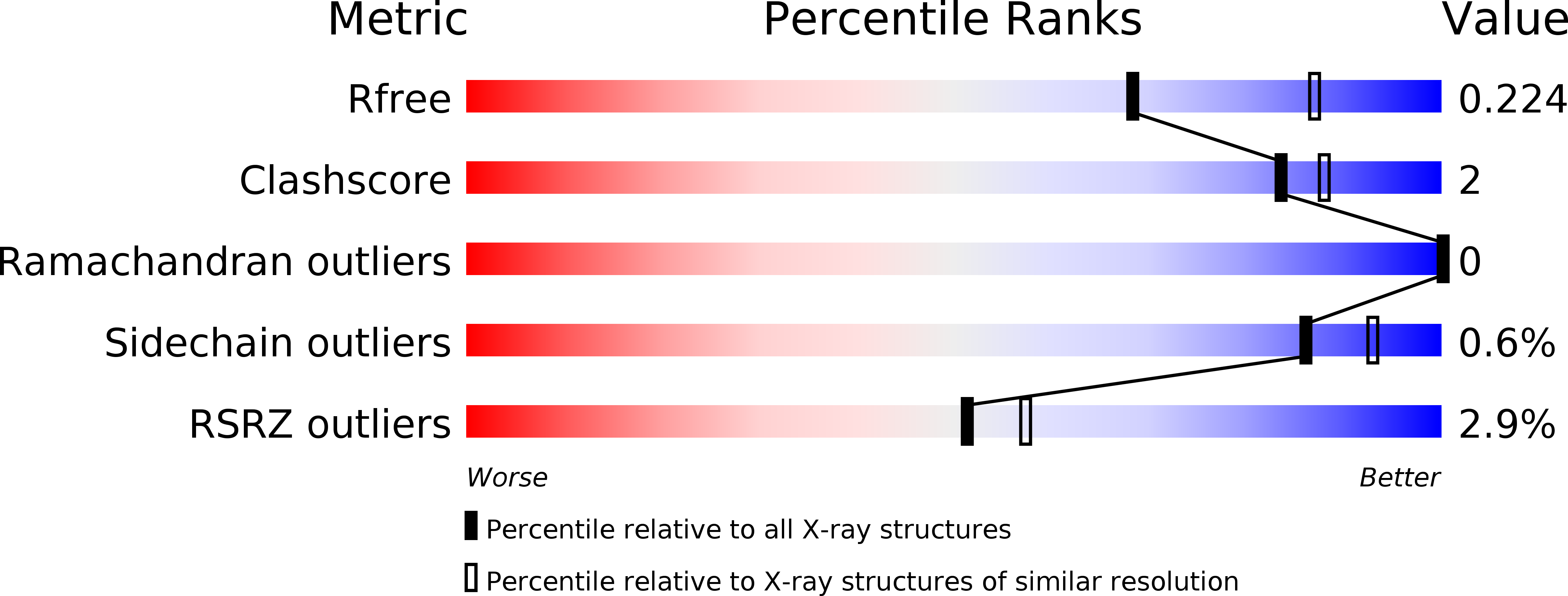
Deposition Date
2020-01-23
Release Date
2020-02-26
Last Version Date
2024-10-30
Entry Detail
PDB ID:
6VLD
Keywords:
Title:
Crystal structure of human alpha 1,6-fucosyltransferase, FUT8 bound to GDP and A2SGP
Biological Source:
Source Organism:
Homo sapiens (Taxon ID: 9606)
Host Organism:
Method Details:
Experimental Method:
Resolution:
2.28 Å
R-Value Free:
0.22
R-Value Work:
0.19
R-Value Observed:
0.19
Space Group:
C 1 2 1


